Exhibition
Their Volumes – Works from the Cristella Collection
An exhibition of works from the Cristella Collection curated by a supernatural entity, mediated by human beings and presented through multiple circular narratives in the form of a gamebook.
March 4th, 2023
Gruppo Cristella, Cortemaggiore
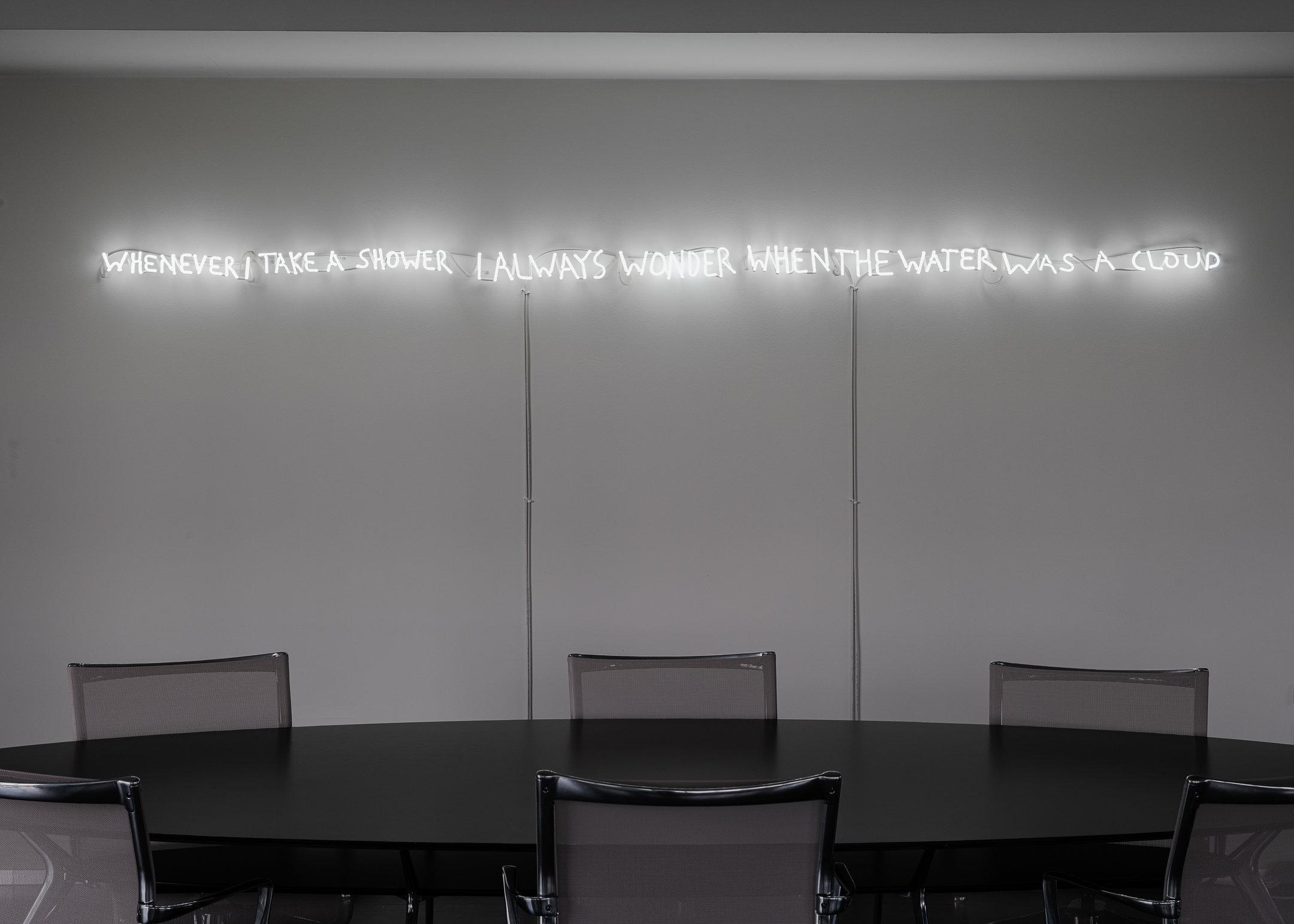
Their Volumes is a new display of the Cristella Collection featuring works by:
Noah Barker, Riccardo Baruzzi, Neïl Beloufa, Monia Ben Hamouda, Aria Dean, Luca De Leva, Gaia De Megni, Elmgreen & Dragset, Ettore Favini, Irene Fenara, Peter Fend, Elisa Giardina Papa, David Horvitz, Michele Lombardelli, Miltos Manetas, Diego Marcon, Eva & Franco Mattes, Wolfgang Matuschek, Diane Severin Nguyen, Valerio Nicolai, Francis Offman, Vasilis Papageorgiou, Luca Pozzi, Marta Ravasi, Giulio Saverio Rossi, Vanessa Safavi, Andreia Santana, Giulio Scalisi, Shimabuku, Amalia Ulman.
The exhibition is accompanied by a bilingual publication, in Italian and English, published by Postmedia Books, which collects the texts and documentation of the works, and which is for all intents and purposes a gamebook.
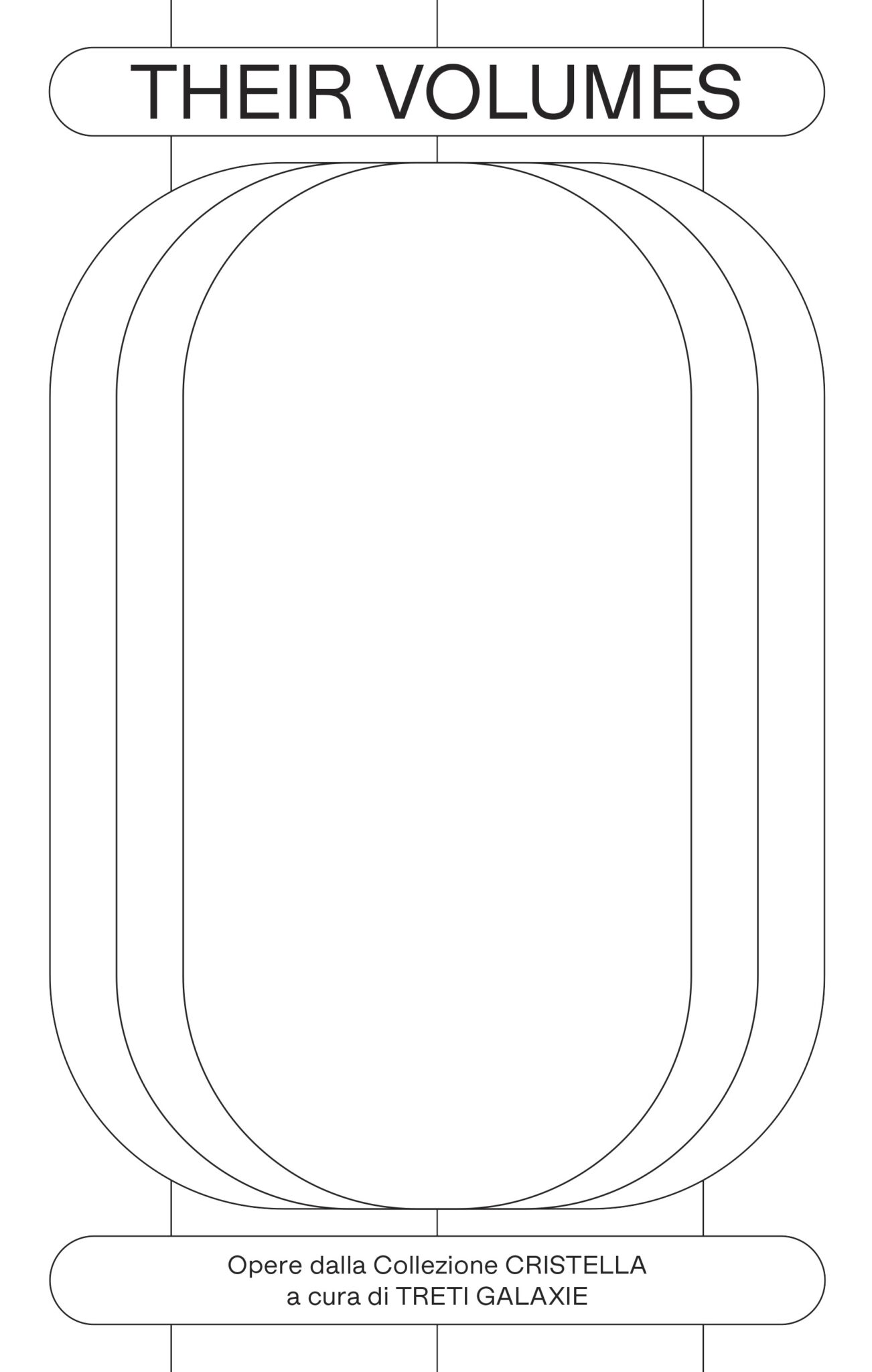
From the catalogue’s introduction:
When, in the late spring of 2022, Michele Cristella asked us to devise a new staging for his collection in Gruppo Cristella’s offices, our first thought went to the employees who work in those spaces every day.
How to manage their coexistence with an exhibition open eight hours a day, five days a week, and moreover in a work space, when statistics (and first-hand experience) tell us that, on average, the time spent viewing a piece of artwork amounts to little more than a few seconds?
We considered tackling the problem by ditching all forms of direct approach, looking at the elements available to us from an increasingly peripheral perspective until we got, paradoxically, to the backside of the issue. The process would then move forward from there, trying to adopt and inhabit the very form of the problem. So we decided to temporarily put the study of the collection aside to better focus on the location, i.e. the company, in order to extrapolate a totally utopian and abstract outlook on it.
Gruppo Cristella is in the fuel and transportation business and, through a network of points of sale under the brand Coil, it also operates in the fuel trading business. Gas stations and trucking. Distributors and distribution. Abstracting further, we could say that it is involved in the management of a vertical movement (the fuel being pumped down when the underground tank it is filled and then up to the customer’s tank) and a horizontal movement (road transport).
Taking such process to the extreme, we could define its activity as a movement of volumes. Volumes that are contained, pass through, and move thanks to circular and cylindrical elements, namely pipes and tires.
At this point we said to ourselves: if there were no distance between being and doing, then Coil could become for all intents and purposes an entity, constituted and guided by the abstractions described above. And if indeed it were an entity, what artwork from the collection would it choose, and how would it curate its display?
For this reason, we decided to believe in its existence and to summon it to curate the project. Our role shifted from that of curators to that of interpreters of Coil’s choices, our task that of translating the deep intentions of this nonhuman entity into languages and manners intelligible to human beings.
The criteria for the selection of the artworks, as well as the guidelines for the construction of the project and the language to be adopted for its communication, emerged from a brief interview we had with the entity during one of the summonings.
In particular, the artworks were chosen on the basis of their form, with a strong preference towards circular ones, and their connection to ideas of movement and the transmission of information.
Abiding by Coil’s wishes, the texts accompanying the artworks are not intended to “explain” once and for all the artist’s intentions, nor to place the works in a historical type of narrative, but merely to suggest observational cues designed to expand the relationship between the artwork and the viewer in time and space.
The captions, while dealing with different themes in very diverse tones and languages, are interconnected to form multiple narratives. Some of these links, the main ones, are made explicit in this publication through reading paths inspired by the structure of a gamebook, a framework that presents the reader with two options, two different paths on which to continue the narrative.
The choice of this structure is far from being unintended, and is dictated by a desire to adhere as closely as possible to the shape of the artworks chosen by Coil.
The circle is a shape that can be looked at by starting at any of its points, to follow its perimeter and again return to the start, and then retrace it and continually go beyond it.
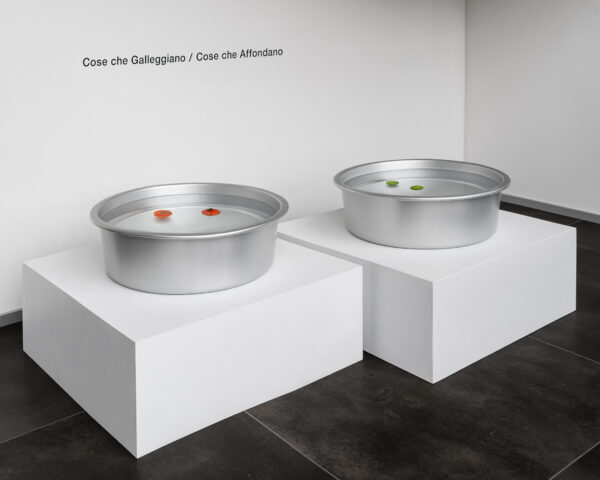 Shimabuku, Cose che galleggiano, cose che affondano, 2010Courtesy l’artista e Collezione Cristella. Foto: Flavio Pescatori
Shimabuku, Cose che galleggiano, cose che affondano, 2010Courtesy l’artista e Collezione Cristella. Foto: Flavio Pescatori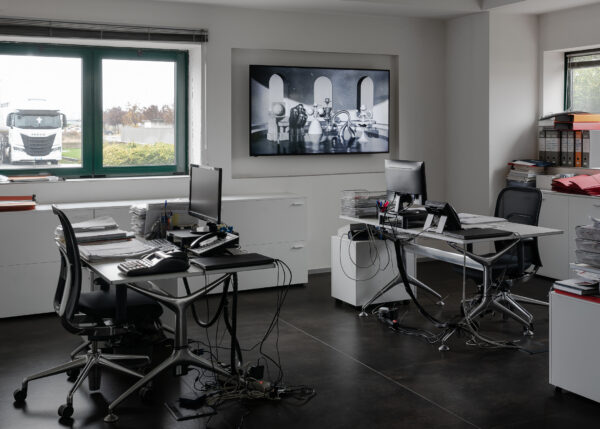 Giulio Scalisi, Fontana Infinita, 2019Courtesy l’artista, Associazione Coil Art Motive e Collezione Cristella. Foto: Flavio Pescatori
Giulio Scalisi, Fontana Infinita, 2019Courtesy l’artista, Associazione Coil Art Motive e Collezione Cristella. Foto: Flavio Pescatori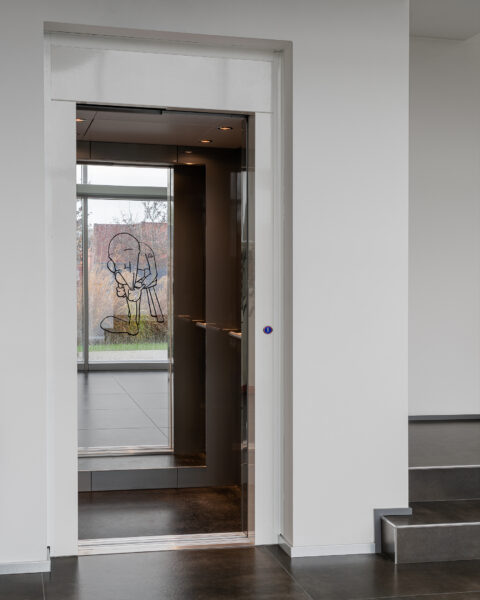 Diego Marcon, Dick The Stick / The shame, 2014–2016Courtesy l’artista e Collezione Cristella. Foto: Flavio Pescatori
Diego Marcon, Dick The Stick / The shame, 2014–2016Courtesy l’artista e Collezione Cristella. Foto: Flavio Pescatori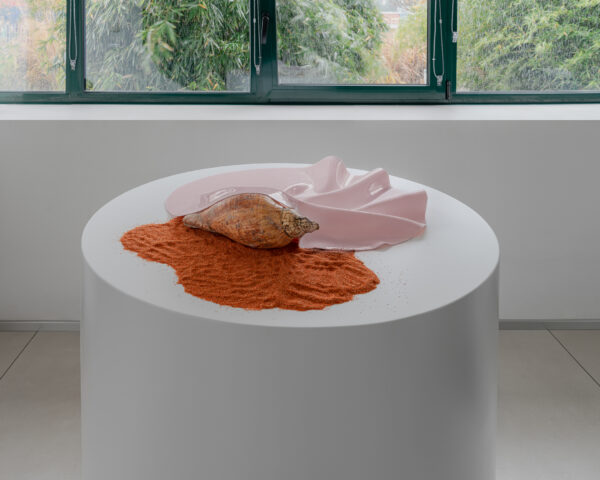 Vanessa Safavi, Intérieures (2), 2013Courtesy l’artista e Collezione Cristella. Foto: Flavio Pescatori
Vanessa Safavi, Intérieures (2), 2013Courtesy l’artista e Collezione Cristella. Foto: Flavio Pescatori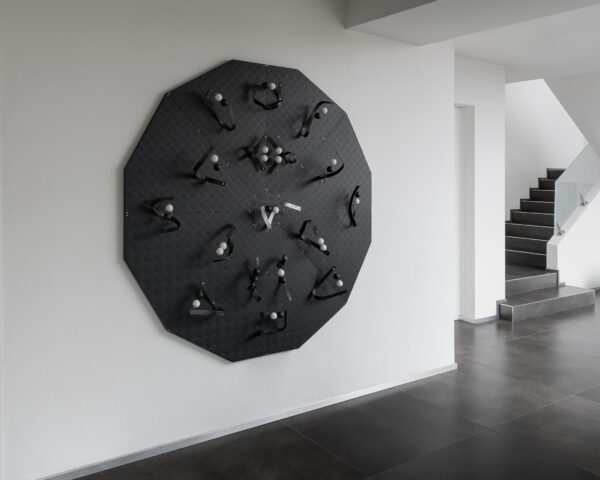 Luca Pozzi, Augmented Detector SU7, 2018Courtesy l’artista e Collezione Cristella. Foto: Flavio Pescatori
Luca Pozzi, Augmented Detector SU7, 2018Courtesy l’artista e Collezione Cristella. Foto: Flavio Pescatori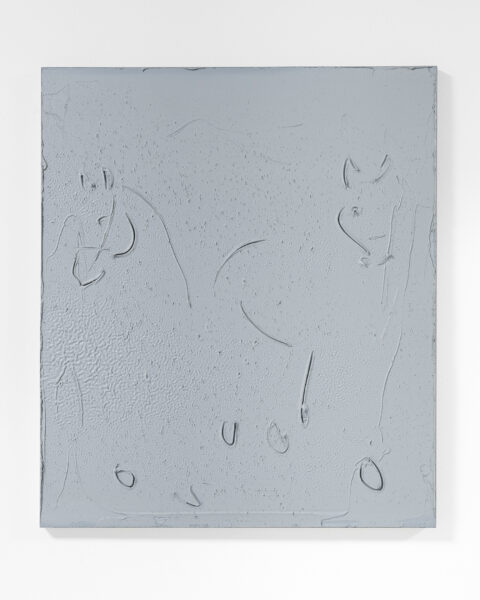 Riccardo Baruzzi, Quasi due chili di grigio chiaro, 2016Courtesy l’artista e Collezione Cristella. Foto: Flavio Pescatori
Riccardo Baruzzi, Quasi due chili di grigio chiaro, 2016Courtesy l’artista e Collezione Cristella. Foto: Flavio Pescatori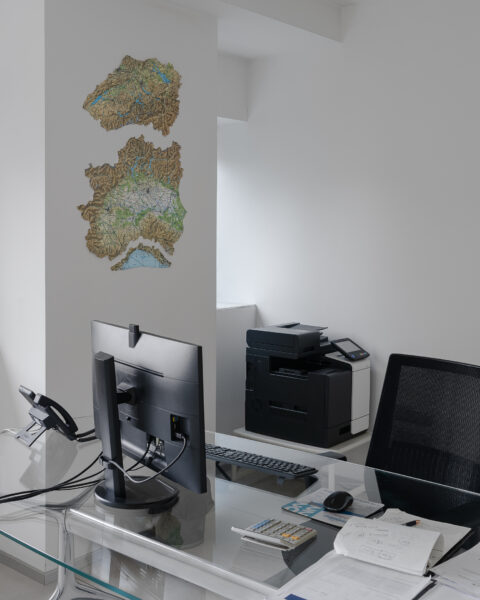 Peter Fend, Switzerland / Italy, 2019Courtesy l’artista e Collezione Cristella. Foto: Flavio Pescatori
Peter Fend, Switzerland / Italy, 2019Courtesy l’artista e Collezione Cristella. Foto: Flavio Pescatori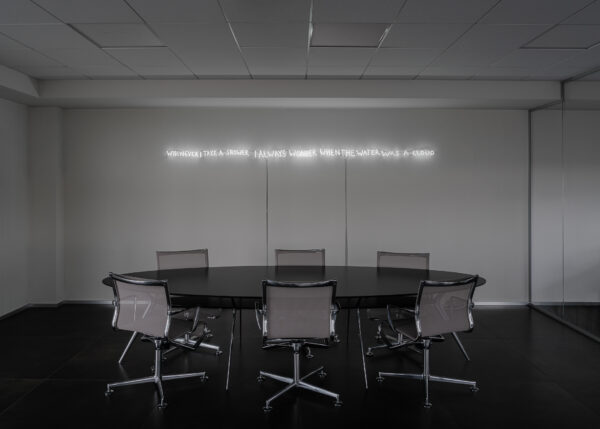 David Horvitz, Whenever I take a shower I always wonder when the water was a cloud, 2016Courtesy l’artista e Collezione Cristella. Foto: Flavio Pescatori
David Horvitz, Whenever I take a shower I always wonder when the water was a cloud, 2016Courtesy l’artista e Collezione Cristella. Foto: Flavio Pescatori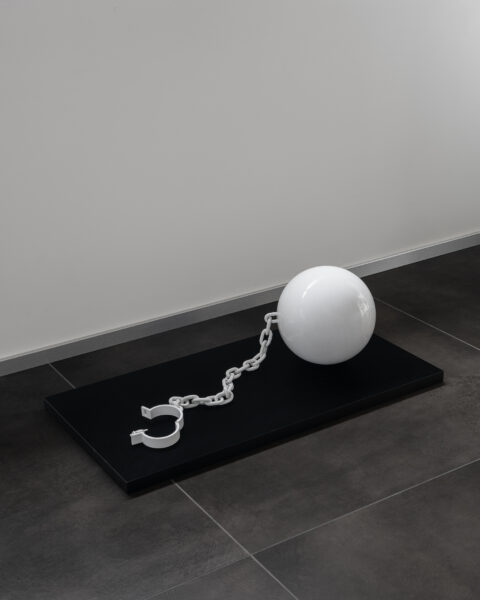 Elmgreen & Dragset, Ball and Chain, 2004Courtesy l’artista e Collezione Cristella. Foto: Flavio Pescatori
Elmgreen & Dragset, Ball and Chain, 2004Courtesy l’artista e Collezione Cristella. Foto: Flavio Pescatori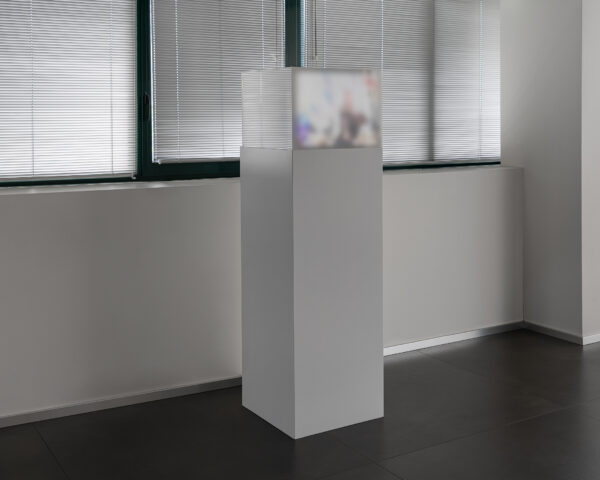 Noah Barker, Neutral Oasis [01.05.19], 2019Courtesy l’artista e Collezione Cristella. Foto: Flavio Pescatori
Noah Barker, Neutral Oasis [01.05.19], 2019Courtesy l’artista e Collezione Cristella. Foto: Flavio Pescatori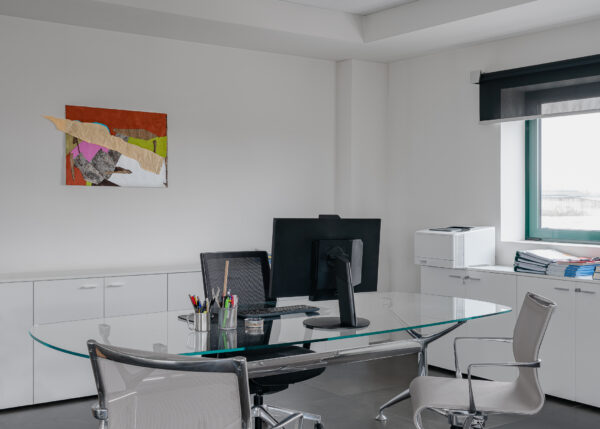 Francis Offman, Untitled, 2018Courtesy l’artista e Collezione Cristella. Foto: Flavio Pescatori
Francis Offman, Untitled, 2018Courtesy l’artista e Collezione Cristella. Foto: Flavio Pescatori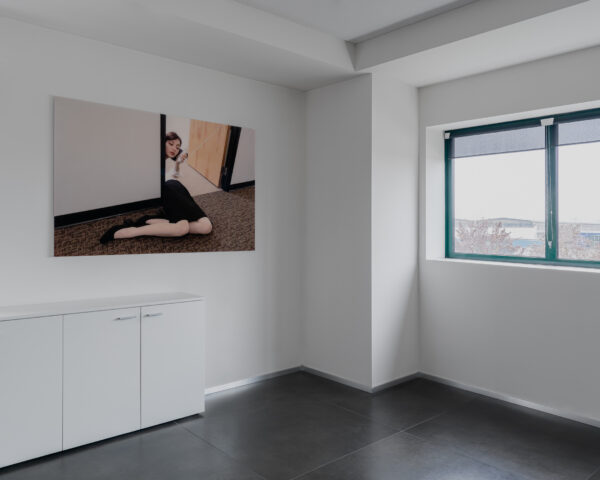 Amalia Ulman, Privilege 1/14/2016 (2016)Courtesy l’artista e Collezione Cristella. Foto: Flavio Pescatori
Amalia Ulman, Privilege 1/14/2016 (2016)Courtesy l’artista e Collezione Cristella. Foto: Flavio Pescatori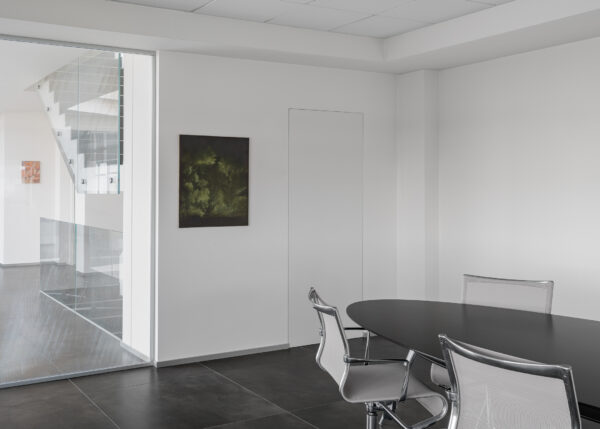 Giulio Saverio Rossi, Ho dipinto il paesaggio dietro di me guardandolo riflesso in uno specchio nero davanti a me, Via Nietzsche #1, 2020Courtesy l’artista e Collezione Cristella. Foto: Flavio Pescatori
Giulio Saverio Rossi, Ho dipinto il paesaggio dietro di me guardandolo riflesso in uno specchio nero davanti a me, Via Nietzsche #1, 2020Courtesy l’artista e Collezione Cristella. Foto: Flavio Pescatori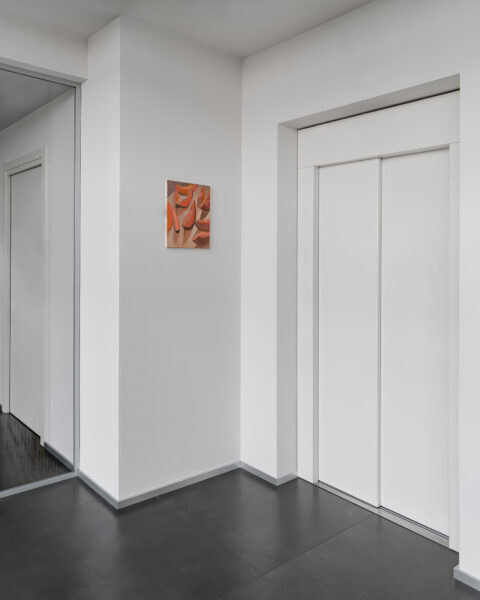 Marta Ravasi, Meloni, 2018Courtesy l’artista e Collezione Cristella. Foto: Flavio Pescatori
Marta Ravasi, Meloni, 2018Courtesy l’artista e Collezione Cristella. Foto: Flavio Pescatori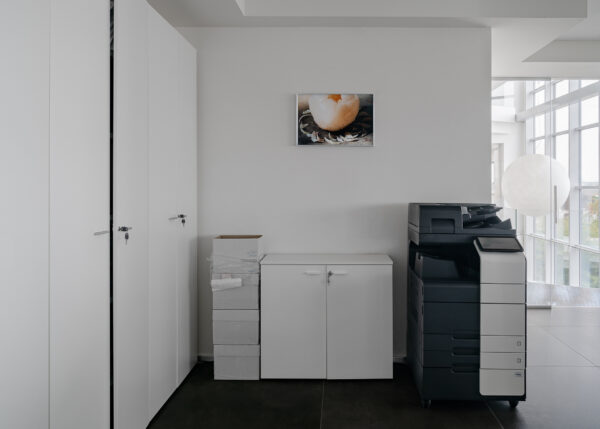 Diane Severin Nguyen, An era where war became a memory, 2018Courtesy l’artista e Collezione Cristella. Foto: Flavio Pescatori
Diane Severin Nguyen, An era where war became a memory, 2018Courtesy l’artista e Collezione Cristella. Foto: Flavio Pescatori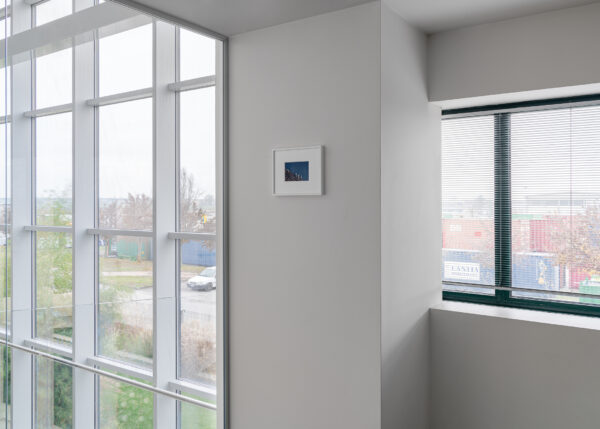 Gaia De Megni, Summer dream, 2020Courtesy l’artista e Collezione Cristella. Foto: Flavio Pescatori
Gaia De Megni, Summer dream, 2020Courtesy l’artista e Collezione Cristella. Foto: Flavio Pescatori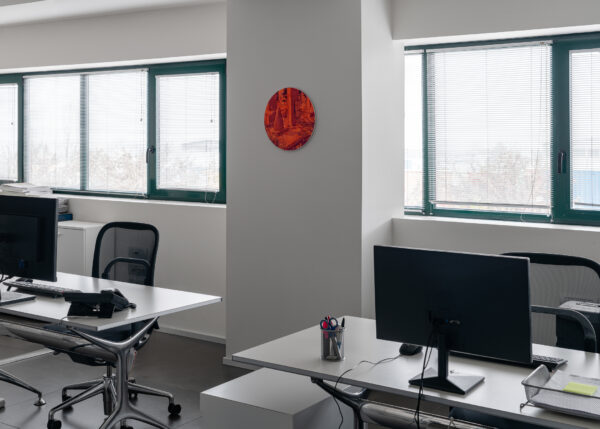 Wolfgang Matuschek, Untitled (cl), 2021Courtesy l’artista e Collezione Cristella. Foto: Flavio Pescatori
Wolfgang Matuschek, Untitled (cl), 2021Courtesy l’artista e Collezione Cristella. Foto: Flavio Pescatori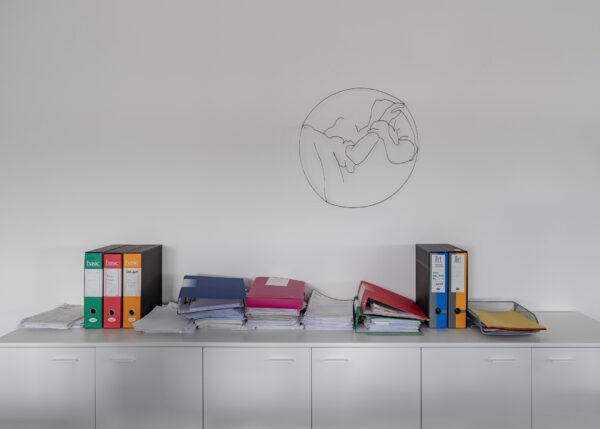 Vasilis Papageorgiou, Synthesis 1, 2019Courtesy l’artista e Collezione Cristella. Foto: Flavio Pescatori
Vasilis Papageorgiou, Synthesis 1, 2019Courtesy l’artista e Collezione Cristella. Foto: Flavio Pescatori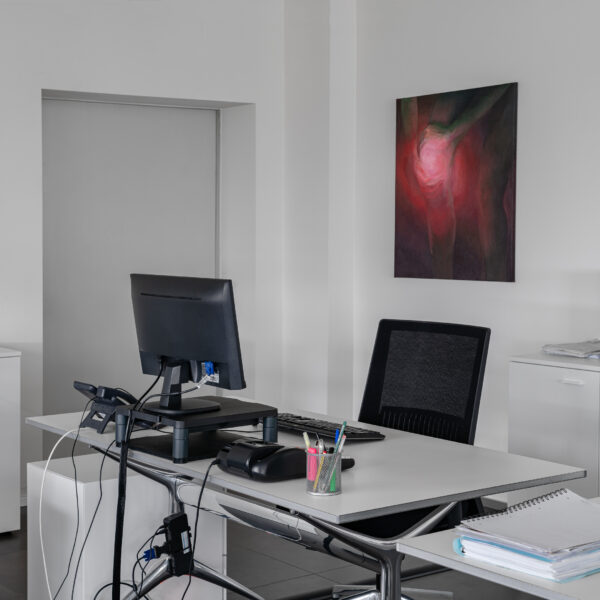 Valerio Nicolai, Lucifero, 2021Courtesy l’artista e Collezione Cristella. Foto: Flavio Pescatori
Valerio Nicolai, Lucifero, 2021Courtesy l’artista e Collezione Cristella. Foto: Flavio Pescatori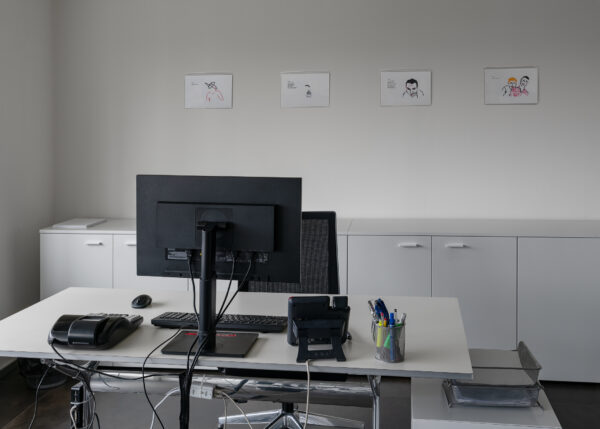 Elisa Giardina Papa, Drawing from Life, 2011Courtesy l’artista e Collezione Cristella. Foto: Flavio Pescatori
Elisa Giardina Papa, Drawing from Life, 2011Courtesy l’artista e Collezione Cristella. Foto: Flavio Pescatori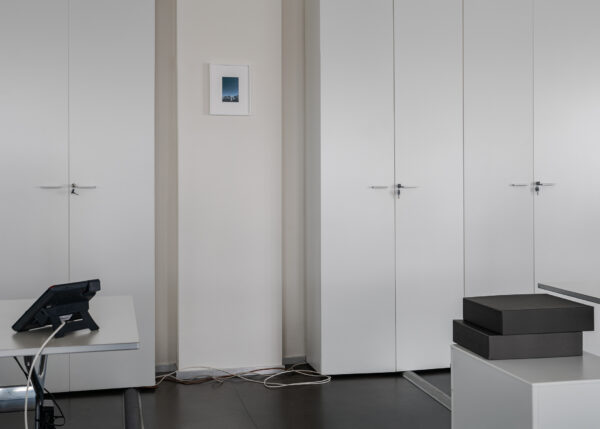 Ettore Favini, Silenzio, 2020Courtesy l’artista e Collezione Cristella. Foto: Flavio Pescatori
Ettore Favini, Silenzio, 2020Courtesy l’artista e Collezione Cristella. Foto: Flavio Pescatori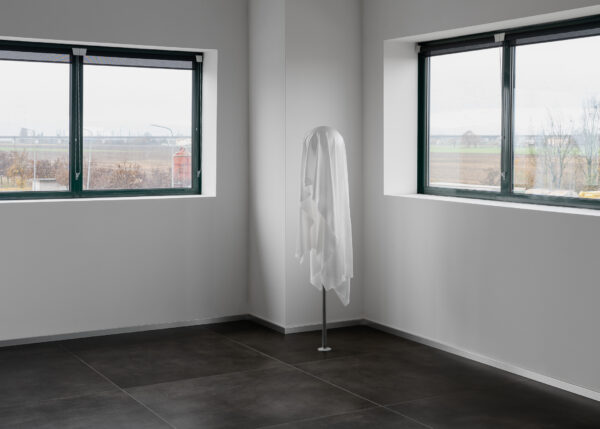 Aria Dean, Summer Ghost, 2018Courtesy l’artista e Collezione Cristella. Foto: Flavio Pescatori
Aria Dean, Summer Ghost, 2018Courtesy l’artista e Collezione Cristella. Foto: Flavio Pescatori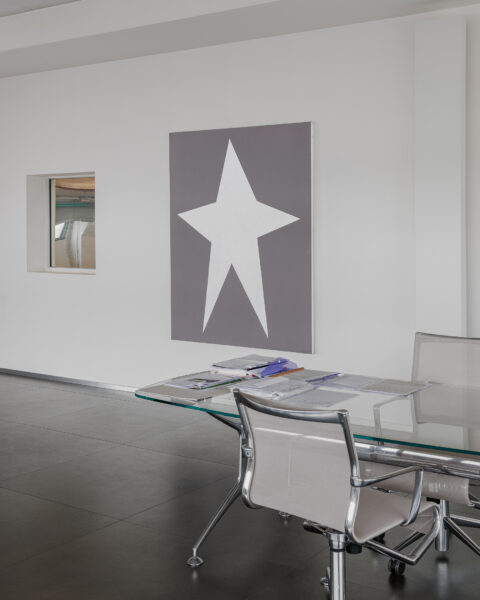 Michele Lombardelli, Senza titolo, 2018Courtesy l’artista e Collezione Cristella. Foto: Flavio Pescatori
Michele Lombardelli, Senza titolo, 2018Courtesy l’artista e Collezione Cristella. Foto: Flavio Pescatori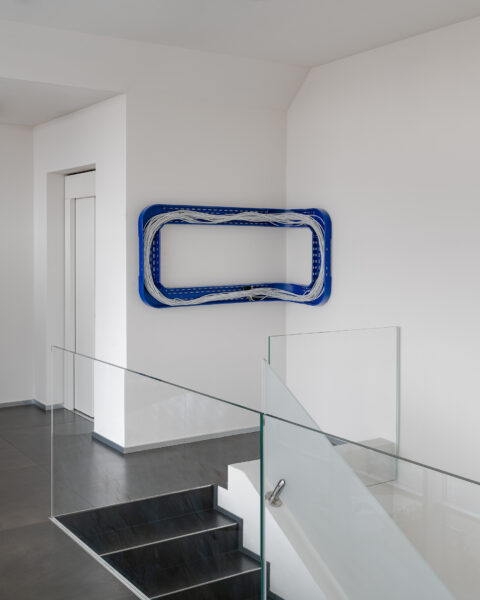 Eva & Franco Mattes, Nostalgia 1440, 2022Courtesy l’artista e Collezione Cristella. Foto: Flavio Pescatori
Eva & Franco Mattes, Nostalgia 1440, 2022Courtesy l’artista e Collezione Cristella. Foto: Flavio Pescatori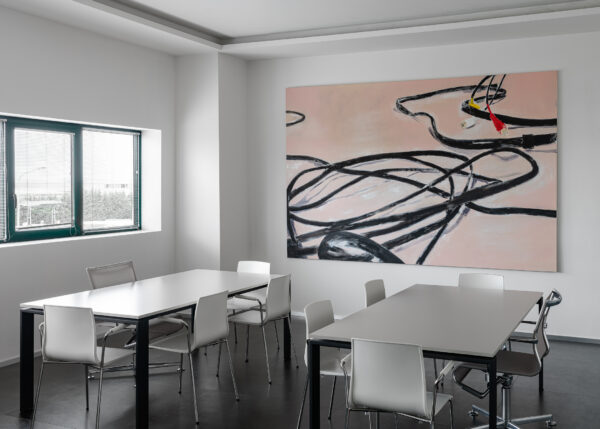 Miltos Manetas, CABLES IV, 2008Courtesy l’artista e Collezione Cristella. Foto: Flavio Pescatori
Miltos Manetas, CABLES IV, 2008Courtesy l’artista e Collezione Cristella. Foto: Flavio Pescatori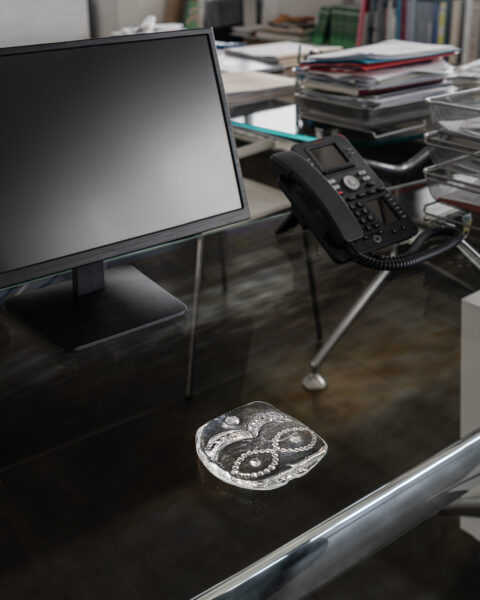 Andreia Santana, Window Mask, 2021Courtesy l’artista e Collezione Cristella. Foto: Flavio Pescatori
Andreia Santana, Window Mask, 2021Courtesy l’artista e Collezione Cristella. Foto: Flavio Pescatori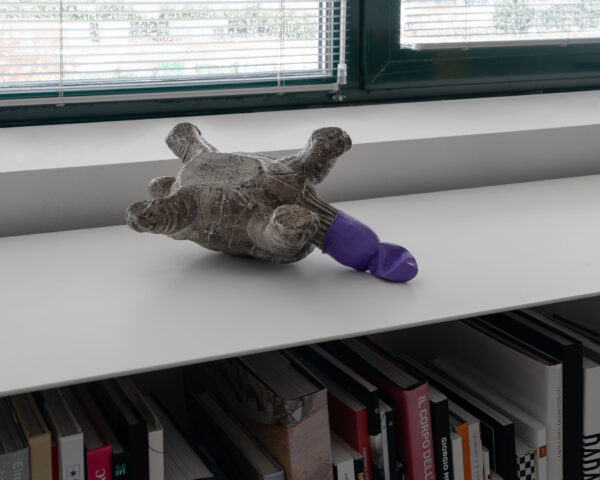 Luca De Leva, Il Buio, 2017Courtesy l’artista e Collezione Cristella. Foto: Flavio Pescatori
Luca De Leva, Il Buio, 2017Courtesy l’artista e Collezione Cristella. Foto: Flavio Pescatori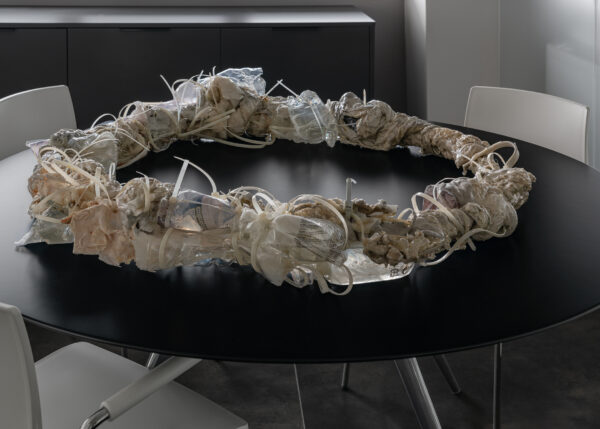 Monia Ben Hamouda, Exhaust, 2018Courtesy l’artista, Associazione Coil Art Motive e Collezione Cristella. Foto: Flavio Pescatori
Monia Ben Hamouda, Exhaust, 2018Courtesy l’artista, Associazione Coil Art Motive e Collezione Cristella. Foto: Flavio Pescatori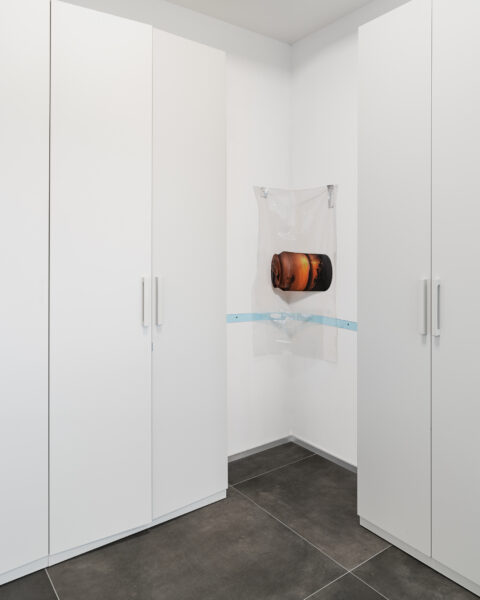 Neïl Beloufa, Sunset, Can, 2012Courtesy l’artista e Collezione Cristella. Foto: Flavio Pescatori
Neïl Beloufa, Sunset, Can, 2012Courtesy l’artista e Collezione Cristella. Foto: Flavio Pescatori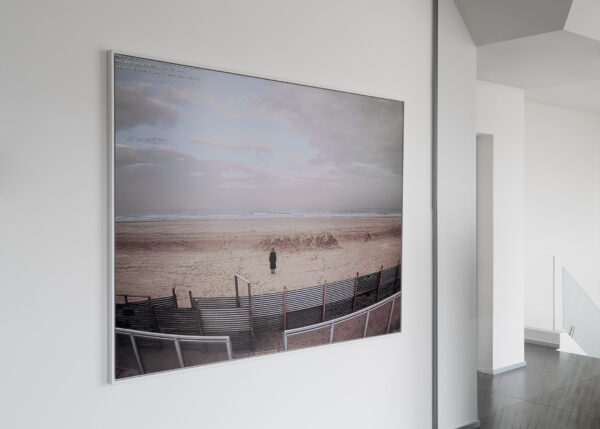 Irene Fenara, Self Portrait from Surveillance Camera, 2018Courtesy l’artista e Collezione Cristella. Foto: Flavio Pescatori
Irene Fenara, Self Portrait from Surveillance Camera, 2018Courtesy l’artista e Collezione Cristella. Foto: Flavio Pescatori
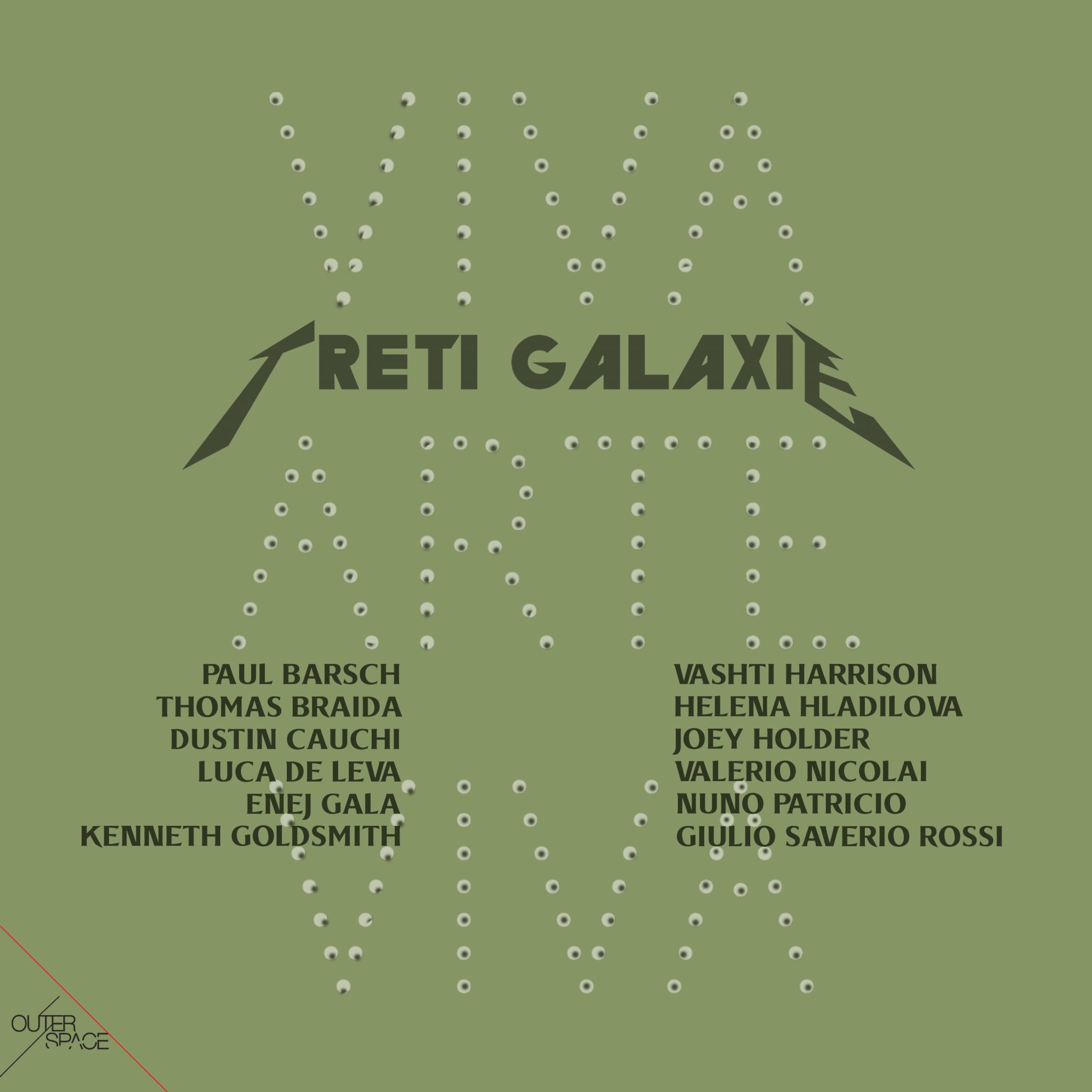
March 27th – April 22nd, 2017
Futurdome, Milano
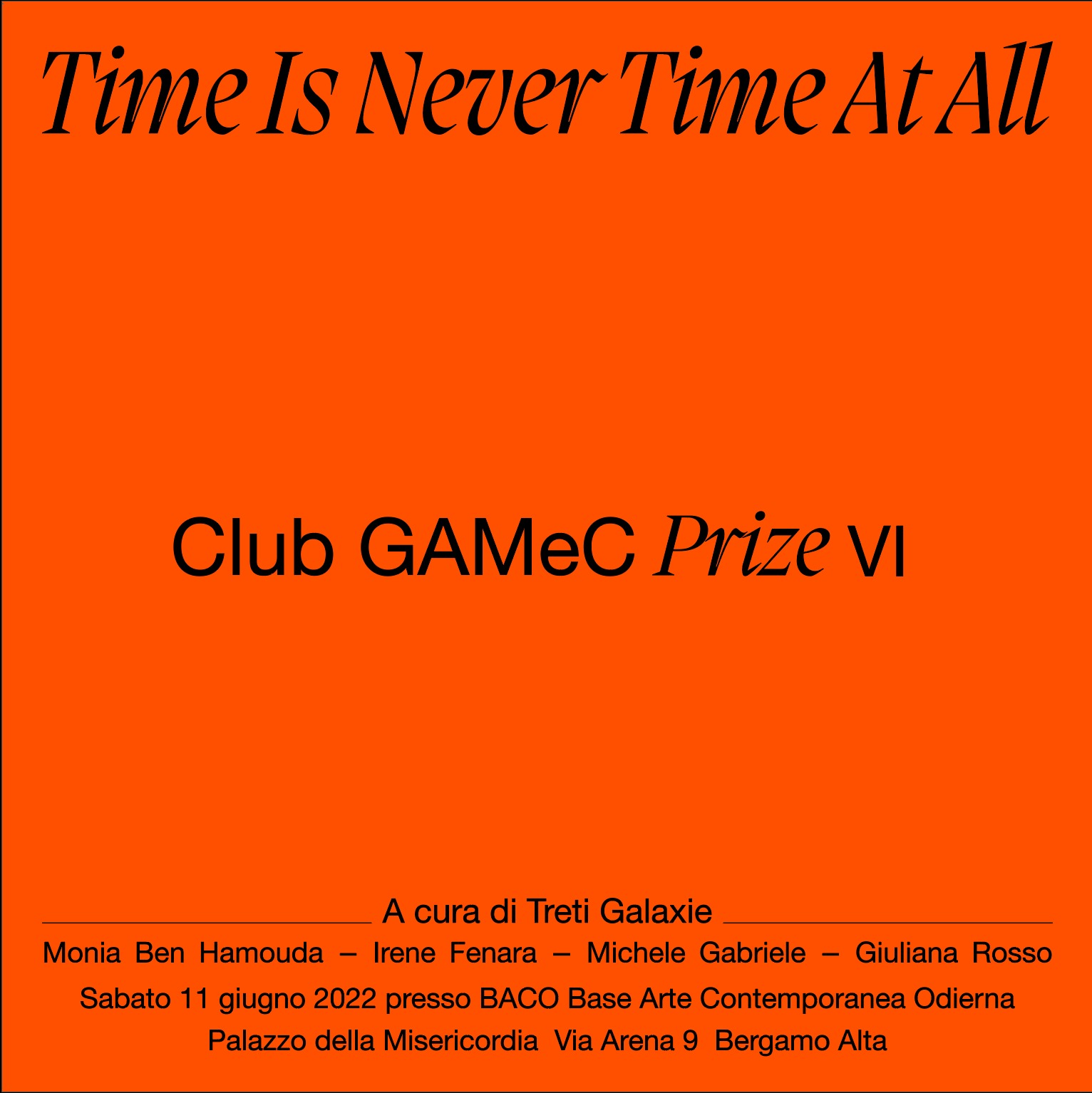
June 11th – June 19th, 2022
Baco Base Arte Contemporanea Odierna,
Palazzo della Misericordia, via Arena 9, Bergamo

Winners: Monia Ben Hamouda and MRZB



























































